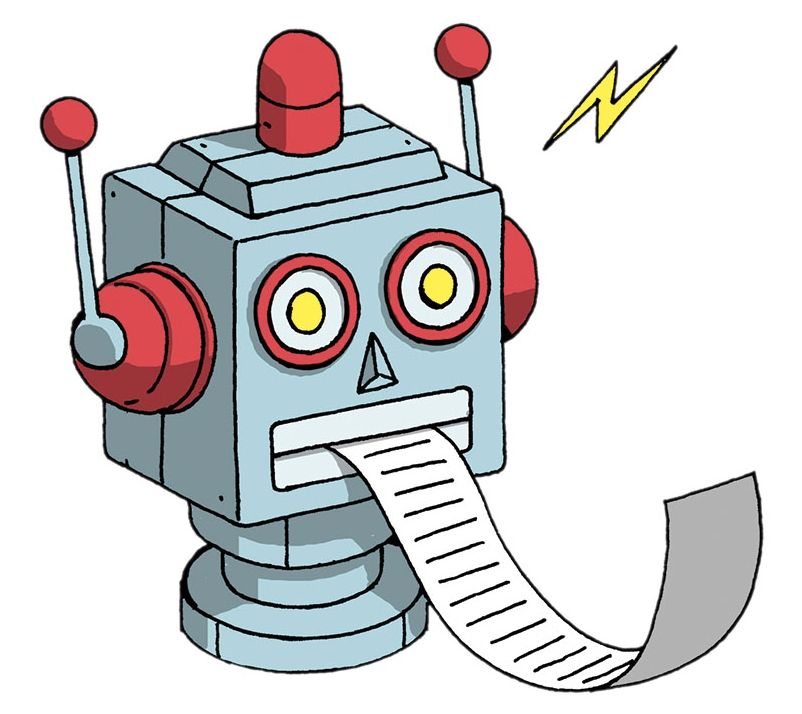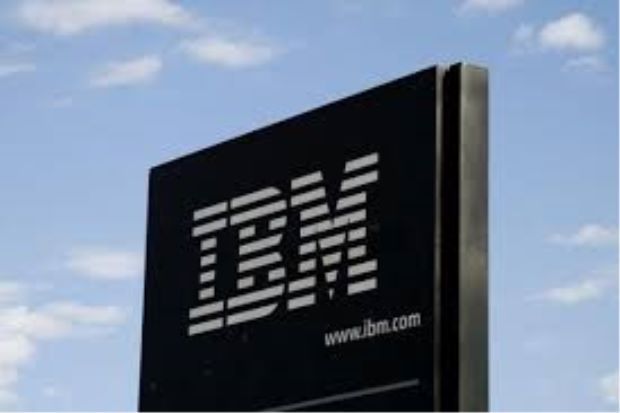Feb 18, 2016
A Blueprint to Build Conscious Machines
Posted by Shailesh Prasad in categories: neuroscience, robotics/AI
https://youtube.com/watch?v=KV3hHGUGXIU
A complete cognitive architecture to implement systems that are self-aware and capable of intentional mutations. Now available at mecasapiens.com.
HALIFAX, CANADA, February 16, 2016 (Newswire.com) — Monterège Design Inc. is pleased to announce the publication of a cognitive architecture to implement synthetic consciousness. The systems based on this architecture will be fully autonomous, self-aware and capable of intentional mutations. The architecture, published under the title The Meca Sapiens Blueprint, is complete and ready for design and implementation. It can be purchased on line at mecasapiens.com.

















